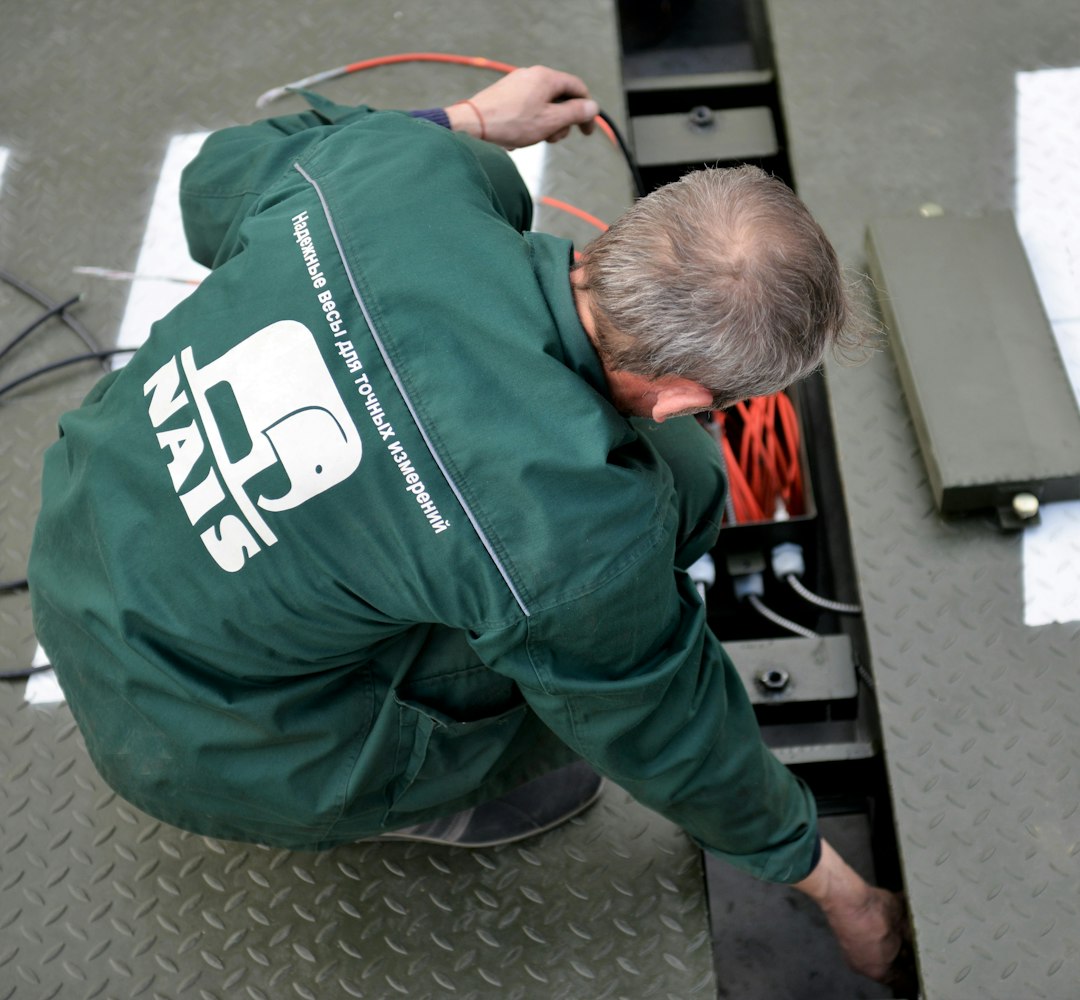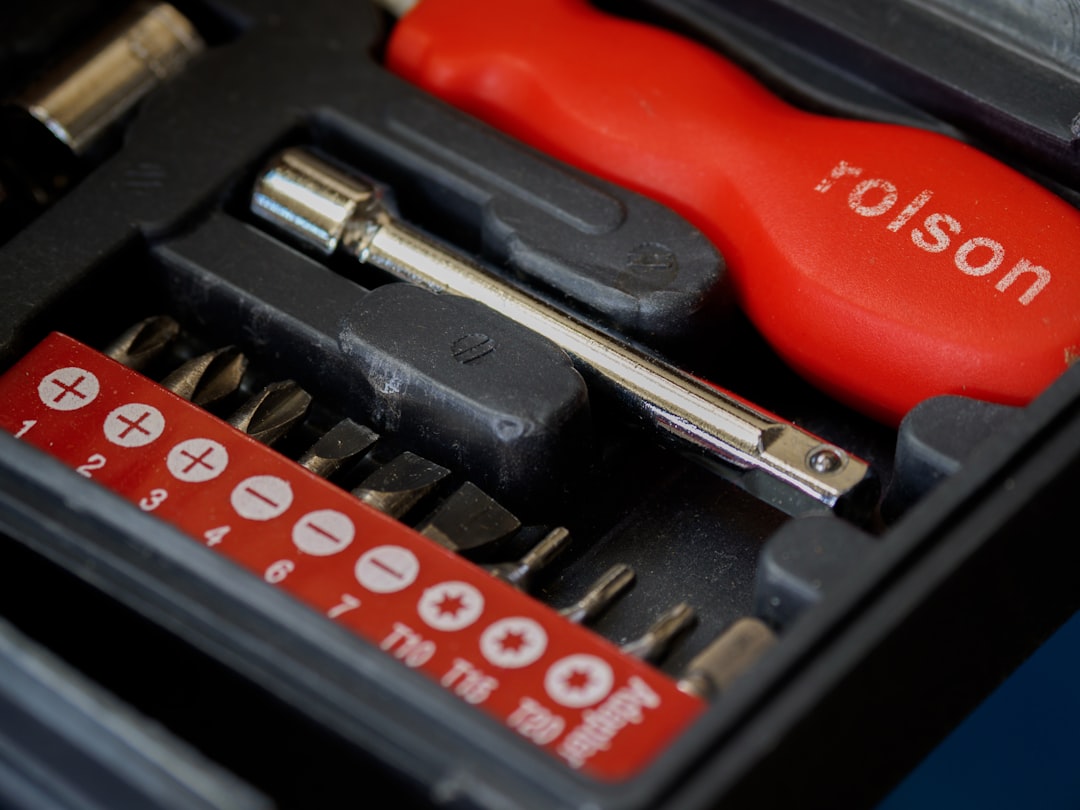

Engage prospects with a scan and streamline customer engagement with FREE QR code marketing tools by Sona – no strings attached!
Create a Free QR CodeFree consultation

No commitment

Engage prospects with a scan and streamline customer engagement with FREE QR code marketing tools by Sona – no strings attached!
Create a Free QR CodeFree consultation

No commitment
In today’s digitally driven world, QR codes have evolved from a novelty to a strategic powerhouse in bridging offline engagement with online action. For safe repair services, persistent frustrations such as missing high-value prospects due to incomplete customer records can lead to lost opportunities and decreased trust. QR codes represent a frictionless and effective way to address these issues by enabling secure access, streamlining booking, and improving customer trust without requiring an app download or complicated setup with Sona QR.
A recurring challenge in safe and vault repair is verifying technician credentials and capturing leads who show interest but never complete a form. QR codes play a pivotal role in providing reliable proof of credentials, simplifying service verification, and reducing paperwork, all while surfacing actionable engagement signals that are critical for business growth. These improvements help combat the common lack of visibility into anonymous traffic and position repair services to quickly connect with qualified, security-minded consumers. See Sona’s account identification guide for more on turning anonymous visits into insights.
This article explores how QR codes can be leveraged to support safe repair work, highlights best practices for maintaining safety, security, and compliance during service, and offers actionable workflows for marketers and decision-makers in repair organizations. Learn how to enhance customer engagement, compliance, and business growth through practical technology such as Sona QR’s use case library and Sona.

QR codes bridge the gap between physical entry points and digital verifications, making it easier to achieve trusted access, credential checks, and secure communication for both service providers and customers. For many safe repair firms, outdated manual workflows such as paper safety checklists, printed certificates, and ad hoc job notes result in missed leads or incomplete data that hinder fast, compliant, and personalized follow-up. For broader marketing context on why QR works, see this overview of QR codes for marketing.
Here is how to maximize results with a clear plan that replaces analog friction with fast, measurable digital touchpoints:
Replacing printed brochures, paper intake forms, and manual sign-in sheets with QR-enabled flows streamlines every stage of the customer journey. For example, a client can scan a technician’s badge to verify credentials, view proof of insurance, and approve a job scope in seconds. The same scan event can be logged to your CRM with Sona QR so your team has a clean record of consent and context for future service calls.

In safe repair services, QR codes directly address persistent challenges such as offline-to-online gaps, information delays, incomplete account data, and lack of credential transparency. Teams are often frustrated by anonymous interest that never converts, along with home and business owners who hesitate to grant access without immediate proof of legitimacy.
Common materials that benefit from enhanced tracking include technician ID badges, service van decals, certification stickers on equipment cases, appointment confirmation cards, pre-visit safety checklists, and post-service feedback forms. Each one becomes a scannable bridge to a verified, measurable action. For review capture, see this guide to Google reviews.
Flexible QR code formats support core business needs in safe repair and vault services, from instant trust building to streamlined follow-up. Choosing the right format for the moment reduces friction and ensures the scan triggers the intended outcome.
For safe repair services, dynamic web links are usually the first choice because they support credential verification, booking, and feedback collection with editable destinations. When connected to Sona QR, you can update any destination without reprinting and aggregate performance data across formats in one dashboard.

Safe repair companies lose growth when they cannot observe or capture intent at the moment of interest. Strategic placements transform passive materials into measurable, conversion-ready assets that surface demand in real time.
These placements deliver transparency and record proof of due diligence. They also generate data downstream: which crew members get scanned most, which neighborhoods respond to trust signals, and which post-service flows drive reviews and referrals.

Turning real-world interactions into verified digital actions is the essence of a strong QR strategy in this field. Each use case below improves trust and throughput while revealing valuable intent signals.
Each use case can be powered by dynamic QR with role-based access controls. For example, a customer-facing credential page can exclude sensitive technician data while the same scan from an internal device unlocks deeper records for compliance teams. Sona QR makes it easy to segment these destinations while tracking the same campaign.
One of the most costly issues in safe repair is the inability to segment anonymous or partial engagements that never convert. Every scan can carry context and intent that gives you a head start on personalization and timely follow-up.
Granular segmentation lets you map QR touchpoints to lifecycle stages: first contact at the doorstep, pre-authorization before drilling, post-service feedback, and long-term maintenance reminders. Sona QR enables automatic tagging and syncing so your marketing and operations teams act on the same signals.
QR codes are the connective tissue between offline trust-building and digital actions in safe repair workflows. When integrated across channels, they streamline the journey from awareness to authorization to advocacy while consolidating data that used to be scattered or missing.
Standardizing QR messaging and tracking across these channels creates a reliable offline onramp to your digital marketing engine. A centralized platform such as Sona QR helps you manage codes, monitor performance, and sync scan data with your CRM and ad platforms without manual exports.
QR campaigns perform best when they are anchored to a specific outcome and backed by clean tracking. Use the framework below to move from idea to launch with clarity.
Clarify the primary goal: credential verification at arrival, scheduled appointment booking, emergency request capture, or post-repair feedback. Tie the goal to a measurable business outcome such as increased entry approvals, reduced no-shows, or more five-star reviews.
Consider audience and context. Residential customers might value quick verification and simple approvals, while commercial facilities might prioritize detailed compliance documentation and site-specific authorization flows. Align each use case to one scanner persona.
Select static QR for fixed destinations such as a general brand page or a downloadable checklist. Use dynamic QR for any campaign that needs editing, tracking, personalization, or A/B testing without reprinting. Most credential and booking flows benefit from dynamic QR.
Plan for privacy and access control. If your scan destination contains sensitive documents, place those behind a secure landing with expiring links or OTP via email or SMS. Sona QR supports dynamic destinations and can append UTM parameters automatically for reporting.
Create a scannable, trustworthy design. Include your logo, brand colors, and a white or high-contrast quiet zone around the code. Add a clear CTA such as “Scan to verify technician” with a benefit statement like “See ID, license, and insurance in seconds.”
Test across environments. Scan from various angles, distances, and lighting conditions on iOS and Android. Validate that short URLs resolve quickly and that the landing page loads fast on cellular connections. Test the entire flow from scan to completion, including any OTP or form validation.
Roll out codes on technician badges, equipment stickers, service vehicles, appointment confirmations, and invoices. Match placement to behavior: badges and vans build trust on arrival, appointment cards reduce pre-visit uncertainty, and invoices encourage reviews and warranty registration.
Equip teams with enablement. Train technicians to point out the verification QR at the door, explain what the customer will see, and guide them through approval. Provide dispatch with a reference sheet for what each code links to, so support is consistent across calls.
Instrument every code with analytics. Use Sona QR dashboards to monitor scans by time, device, location, and team. Track conversions such as authorization completed, booking confirmed, or review submitted. Identify high-performing placements and gaps.
Iterate on messaging and destination. A/B test CTAs, page layouts, and form length. Improve load times and accessibility. Use what you learn to refine future print runs and redeploy codes to where they create the most value.
It is not enough to know that someone scanned. Safe repair teams need to understand how a scan influenced the journey: did the customer approve entry, complete a booking, register a warranty, or refer a neighbor. Modern QR analytics close the loop from intent to revenue so you can invest confidently. For methodology, see Sona’s guide to offline attribution.
Sona QR captures real-world engagement, while Sona.com connects that engagement to pipeline and revenue. You gain a complete picture of how QR touchpoints work alongside your website, ads, and email sequences, and which combinations accelerate bookings and reviews.
The result is a feedback loop that shows cause and effect. You can demonstrate that credential scans reduce door refusals, that emergency booking scans lift weekend revenue, and that invoice scans correlate with more reviews and warranties.
A few operational practices can dramatically increase scan rates, reduce friction, and improve ROI. Focus on clarity, scannability, and automation so every code drives a measurable next step.
Creative deployment examples include a removable magnetic panel on the van that reads “Scan for emergency 24/7 service” during night shifts, and a small metal QR tag riveted to a safe’s interior door that links the owner to maintenance tips and warranty info after the repair.

These examples show how QR elevates daily operations. What used to be invisible interactions are now trackable moments that bolster trust, speed, and revenue. Even small touches such as adding a scannable sticker to the invoice can create measurable gains in reviews and referrals.
Success with QR codes comes from aligning physical context with digital intent. The best programs remove uncertainty and meet customers exactly where decisions happen. The most common mistakes stem from unclear CTAs, poor placement, or stale destination content.
By pairing meticulous planning with routine audits, you keep every touchpoint actionable. Your brand’s safety-first reputation is reinforced each time a scan delivers current, clear, and helpful information.
QR codes are more than technology. They are a strategy for safe repair services to overcome missing engagement signals, incomplete data, and trust barriers at the point of entry. By enabling instant access to live credentials, routing in-person moments to digital approvals, and illuminating which touchpoints drive bookings, QR workflows address long-standing operational pain while improving customer confidence.
With a thoughtful rollout, safe repair providers can transform anonymous interest into measurable outcomes. Sona QR gives you the tools to generate, manage, and track codes across every asset. Sona.com connects those real-world scans to your funnel with identity resolution and multi-touch attribution so you can see exactly how QR engagement contributes to pipeline, closed jobs, and referrals.
Start with one high-impact use case such as technician verification or emergency booking. Instrument it well, learn from the data, and expand to invoices, equipment, and events. The result is a connected, trustworthy customer experience that moves people from awareness to action while giving your business the insights it needs to grow with confidence. Start creating QR codes for free.
QR codes have revolutionized the safe repair services industry by transforming access management from cumbersome to seamless and secure. They enable technicians and customers to quickly verify credentials, schedule services, and access repair histories—all through a simple scan. This not only enhances operational efficiency but also builds trust and transparency, key drivers in customer acquisition and retention within this niche.
Imagine instantly granting authorized access to repair professionals while providing customers with real-time updates and service verification at their fingertips. With Sona QR, you can create dynamic, trackable QR codes that update instantly without reprinting, monitor each scan for accountability, and link every interaction directly to your service workflow. This means fewer delays, higher customer satisfaction, and measurable growth for your business.
Start for free with Sona QR today and unlock the full potential of QR codes to streamline your safe repair services, improve client experiences, and drive revenue—all with a few simple scans.
A safe and reliable repair service provides clear technician credentials, proof of insurance, live job assignments, and transparent customer authorization workflows verified through tools like QR codes.
You can scan technician ID badges or service vehicle QR codes that link to live profiles showing certifications, licenses, insurance proofs, and job-specific assignments for instant verification.
Safe repair services use secure QR code landing pages with access controls such as expiring links or one-time passwords via email or SMS to protect sensitive documents and personal data.
Best practices include using QR codes to access instant safety guidelines, authorization forms, chain-of-custody protocols, and clear communication about job scope to reduce misunderstandings and delays.
QR codes streamline credential verification, secure bookings, instant access to safety info, and post-service feedback while capturing engagement data that improves trust, compliance, and operational efficiency.
Use Sona QR's trackable codes to improve customer acquisition and engagement today.
Create Your FREE Trackable QR Code in SecondsJoin results-focused teams combining Sona Platform automation with advanced Google Ads strategies to scale lead generation

Connect your existing CRM

Free Account Enrichment

No setup fees
No commitment required

Free consultation

Get a custom Google Ads roadmap for your business






Launch campaigns that generate qualified leads in 30 days or less.
